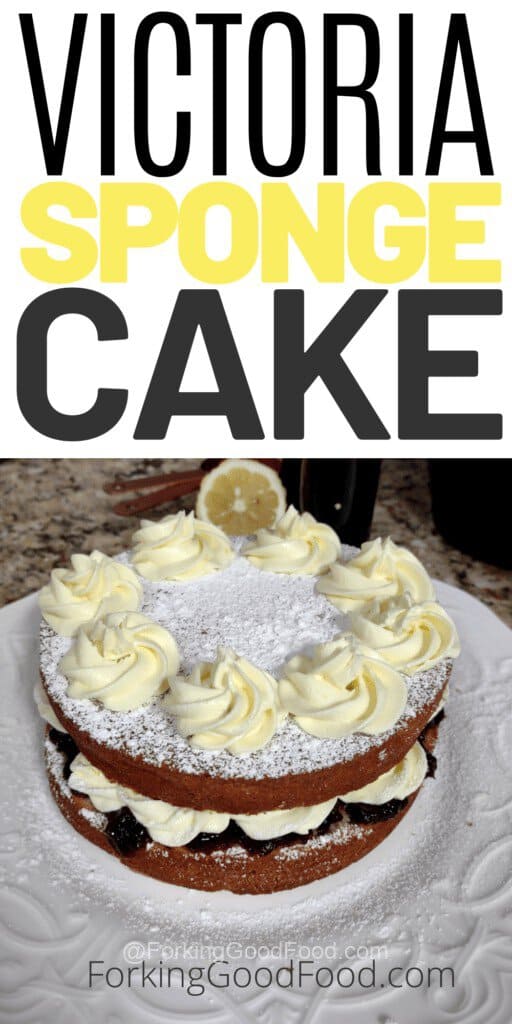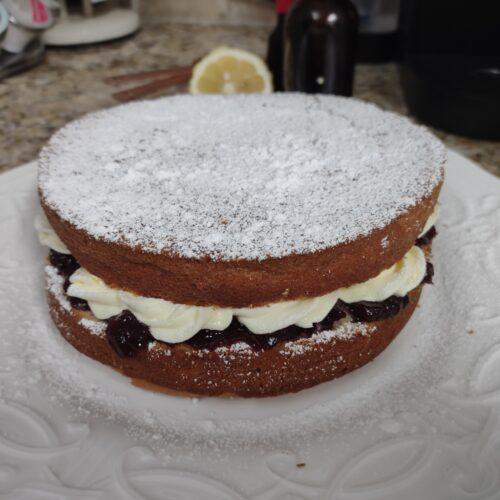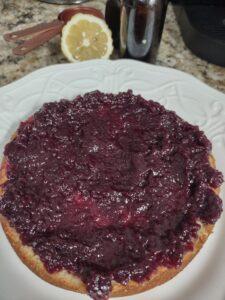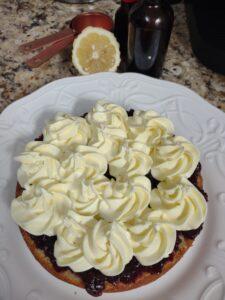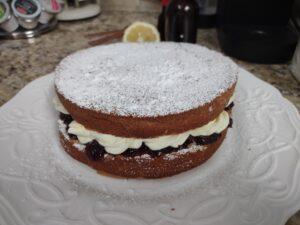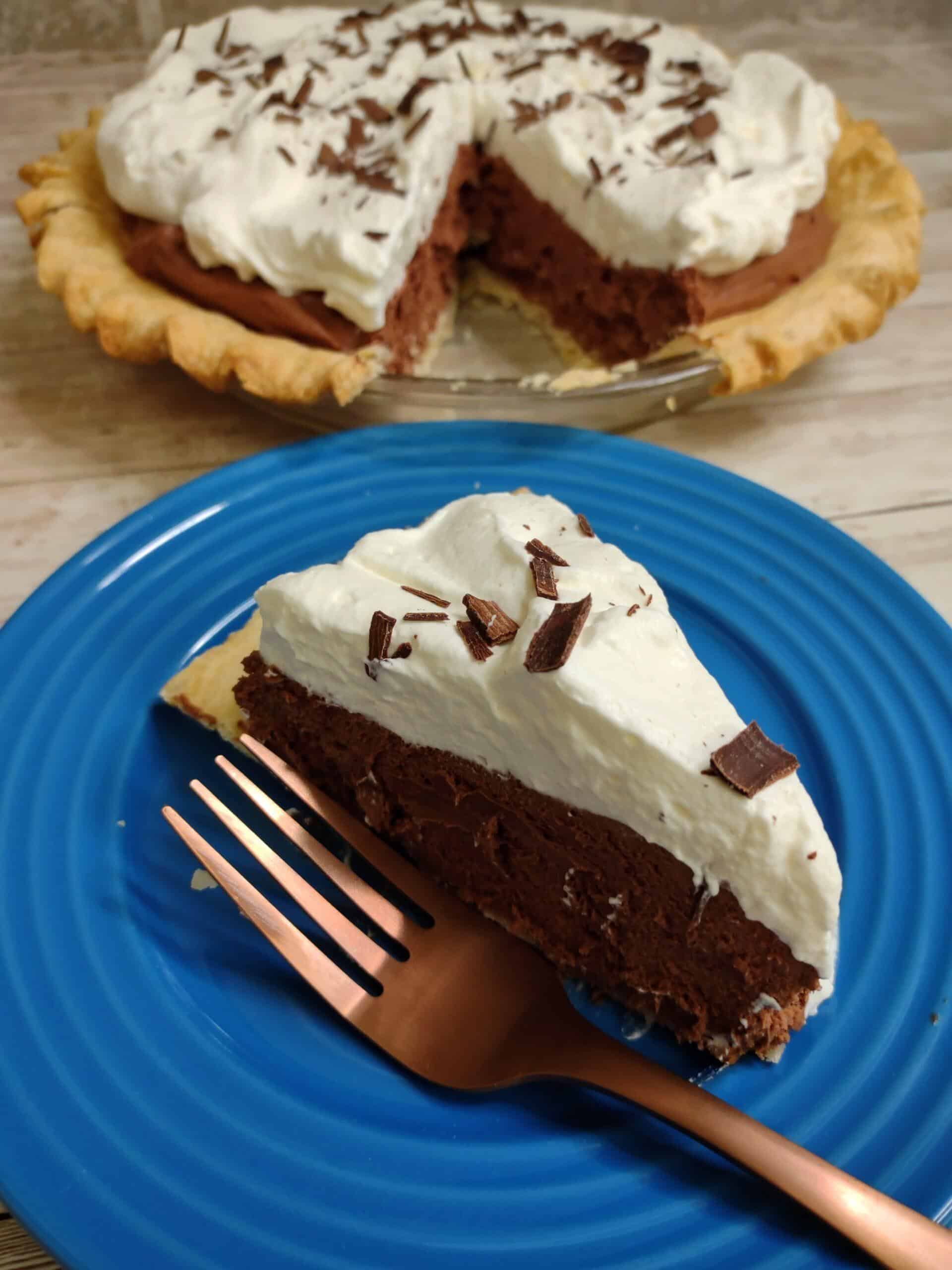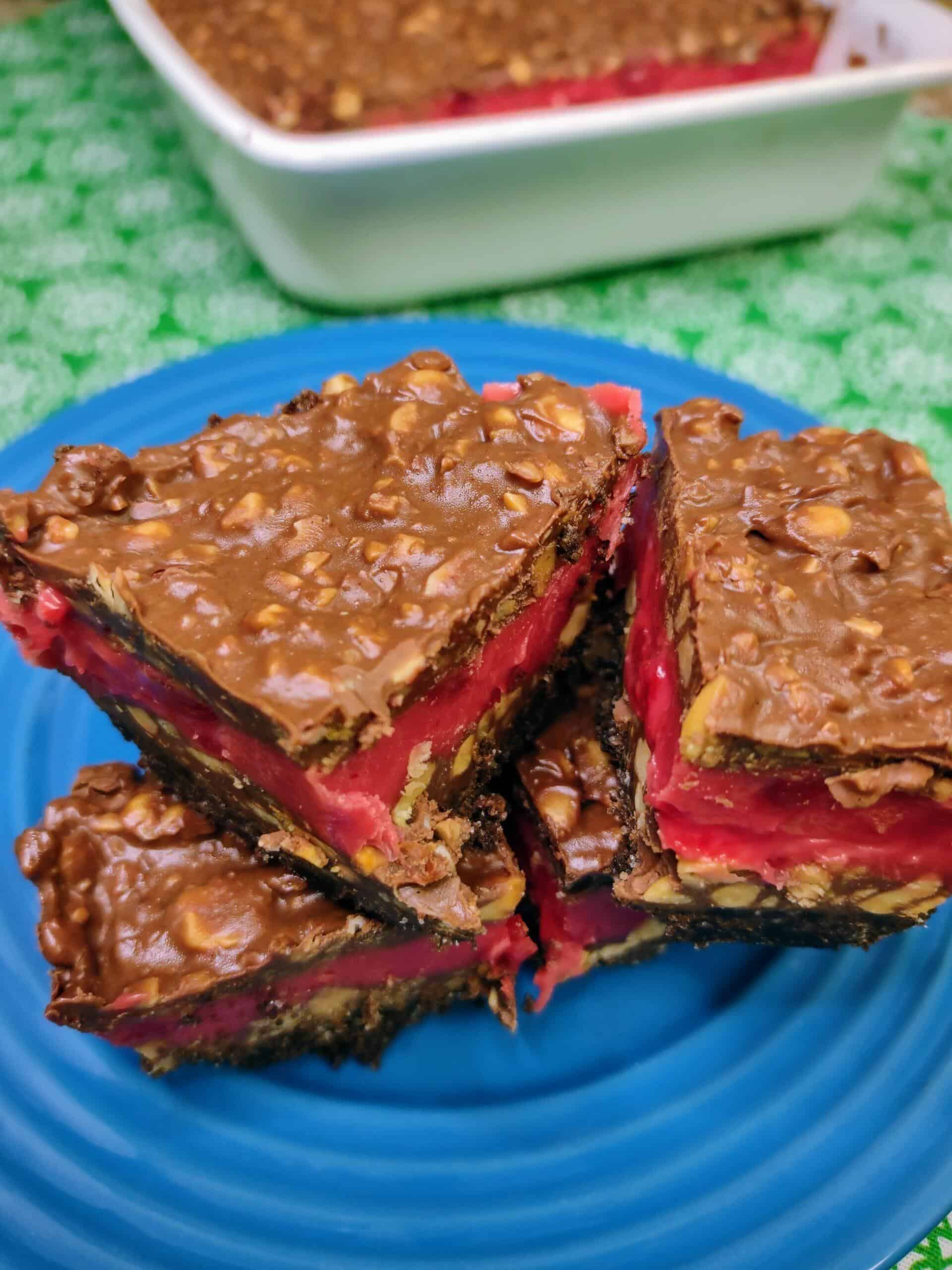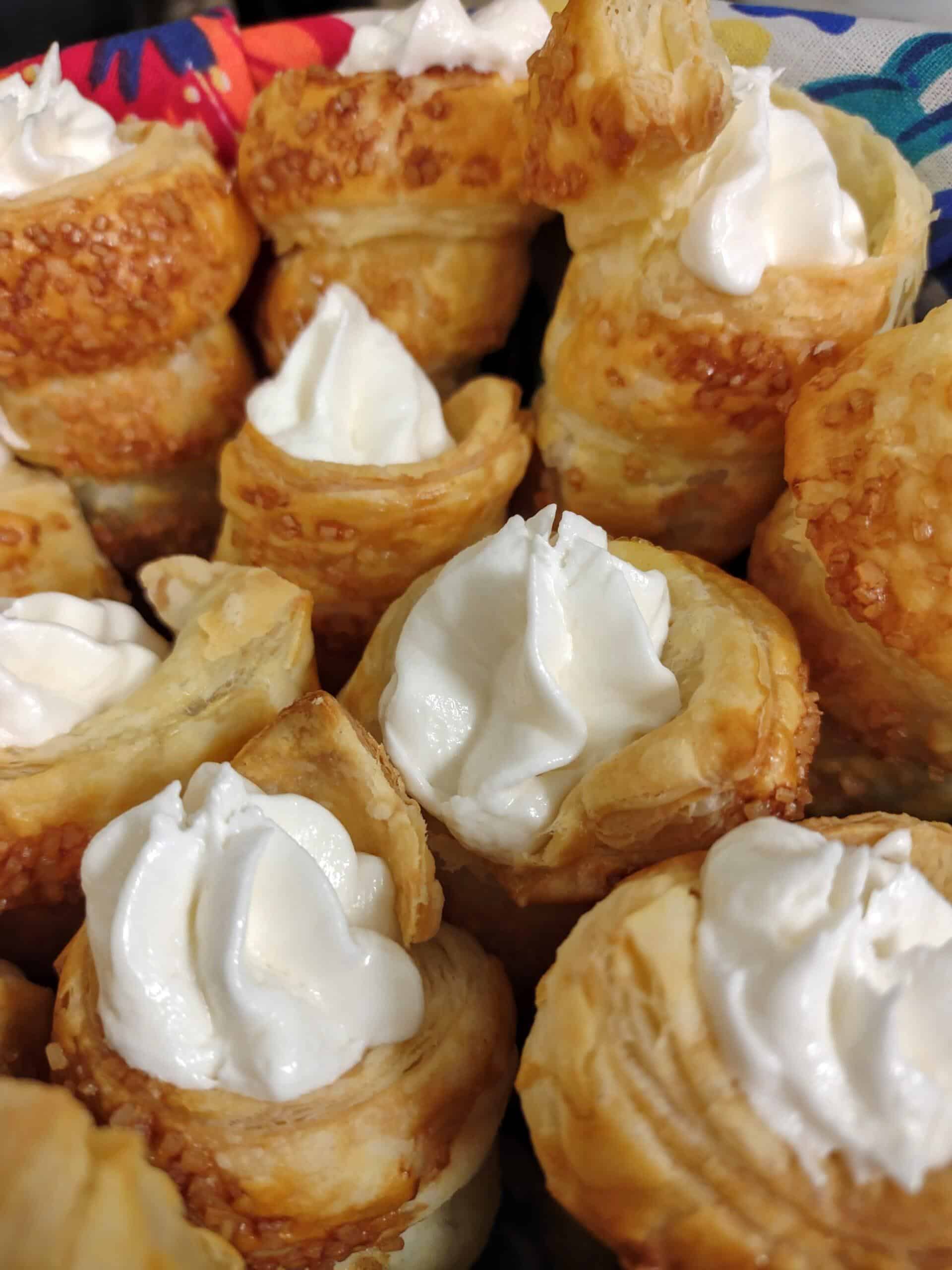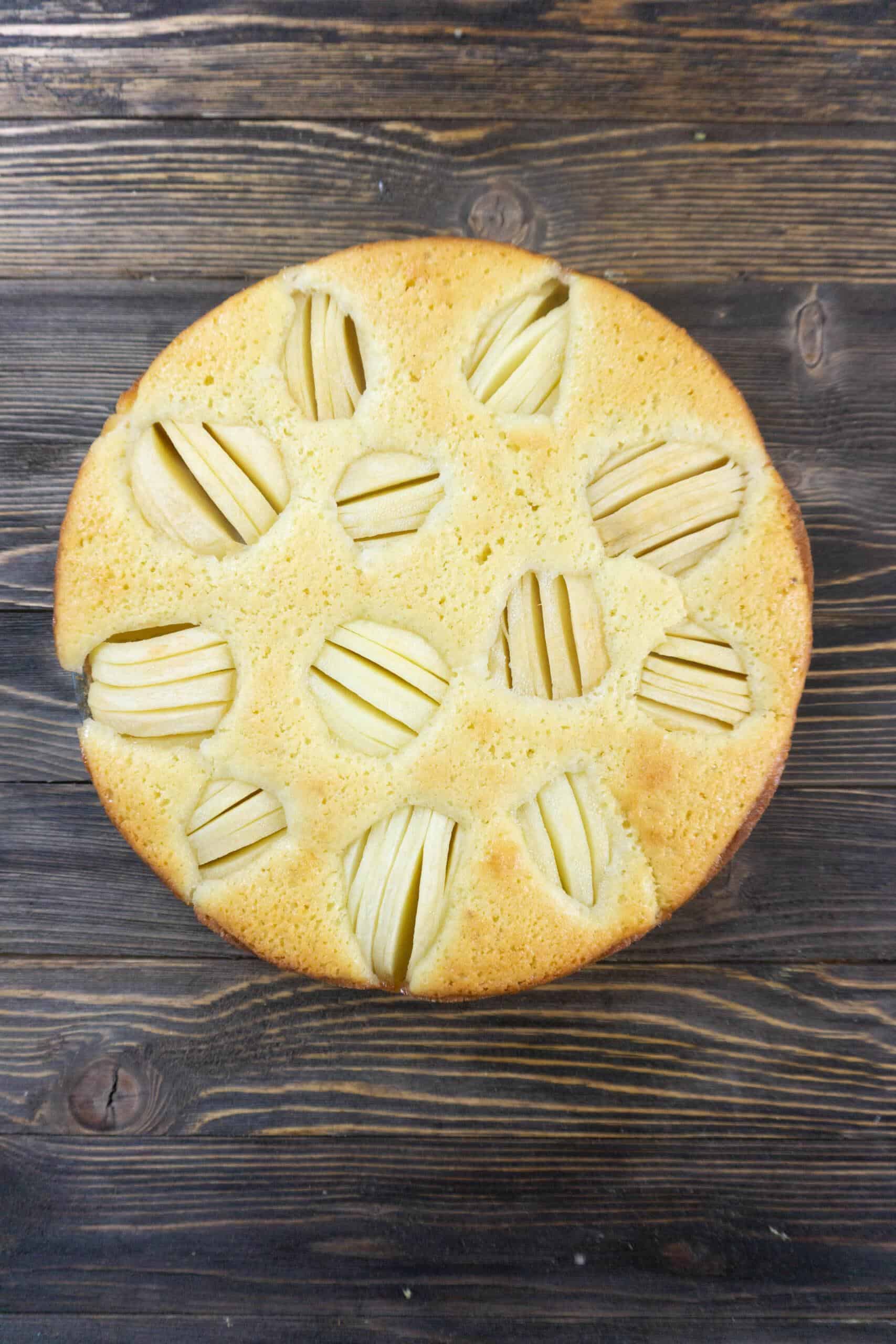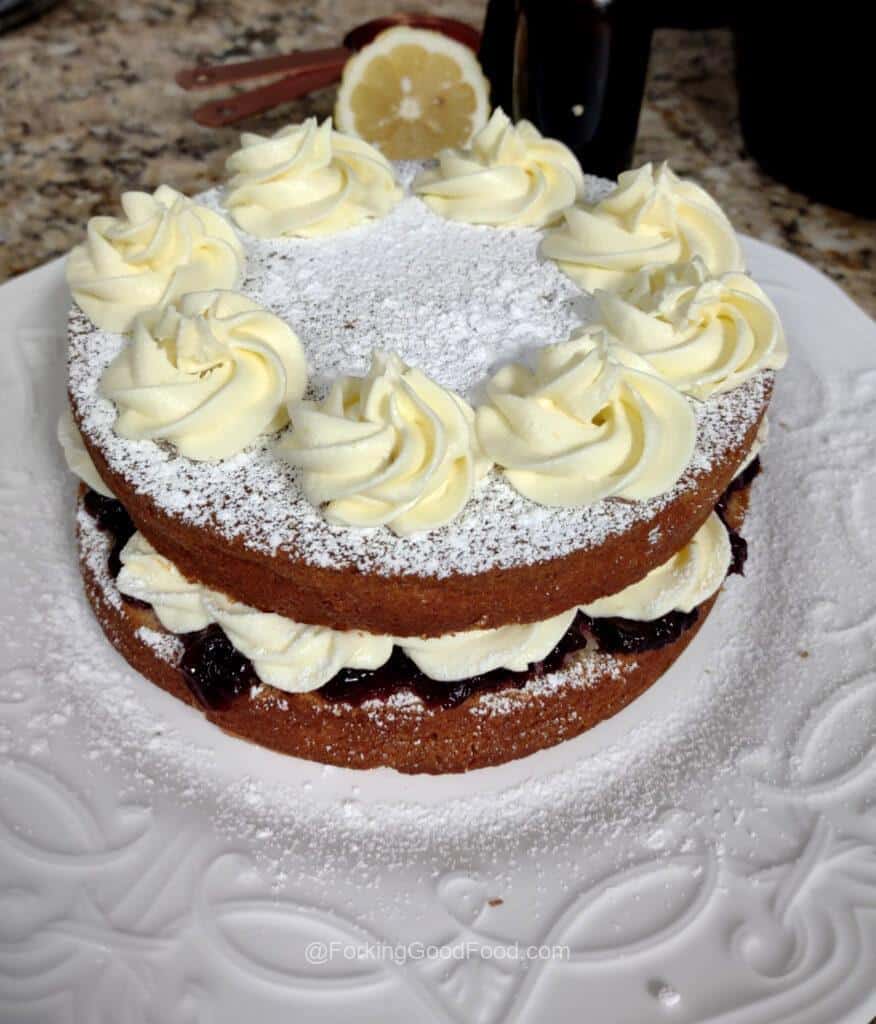
This is a timeless classic victoria sponge cake recipe that’s easy to make and always a crowd pleaser. You can use just about any combination of fillings and buttercream to make it your own, changing it up whenever you like. This is a rather small cake so don’t plan on having leftovers.
History of Victoria Sponge Cake
The sponge cake is thought to be one of the first of the non-yeasted cakes, and the earliest attested sponge cake recipe in English is found in a book by the English poet Gervase Markham in 1615, but this cake was thin and crispy – much like a cracker. Sponge cakes became the cake recognized today when bakers started using beaten eggs as a rising agent in the mid-18th century. The creation of baking powder by English food manufacturer Alfred Bird in 1843 allowed the addition of butter to the traditional sponge recipe, resulting in the creation of the Victoria sponge. The Victoria sponge, also known as the Victoria sandwich cake, was named after Queen Victoria, who was known to enjoy the small cakes with her afternoon tea.
Versatility of Victoria Sponge Cake
This cake can be made in a multitude of ways, using various jams or preserves, curd, custard, or even fresh fruit; the addition of flavored buttercreams or whipped creams even add to the numerous flavor combinations. The traditional cake however, is made with jam and lightly dusted with powdered sugar.
Also try: Blueberry Zucchini Cake with Lemon Buttercream
Victoria Sponge
Ingredients
Sponge
- 1 cup All Purpose four
- 1 ½ tsp Baking Powder
- 1 cup Salted Butter softened
- 1 cup Powdered Sugar + extra for dusting
- 2 Eggs at room temperature
- 1 tsp Vanilla Extract
- ½ cup Milk
- ⅔ Jam or Preserves for filling
- 1 ½ cup Buttercream
Buttercream
- ½ cup Butter at room temperature
- 1 ¾ cups powdered sugar
- 2-3 Tbs Water
- pinch Salt
Instructions
Make the Cake
- Preheat oven to 350F.
- Prepare a 7" springform pan, lining the bottom with parchment paper and lightly spraying the sides with a cooking spray that has added flour.
- Sift the flour and baking powder into a medium-sized bowl and set aside.
- Beat the butter and sugar together with an electric or stand mixer on medium-high until light and fluffy.
- Beat in the vanilla.
- Reduce mixer speed to low and add the flour mix alternately with the milk, mixing until just incorporated. Increase speed to medium-high and beat for 2 minutes.
- Pour the batter in the prepared pan, lightly tapping on the counter a few times to remove any air pockets.
- Bake for 30-40 minutes or until a toothpick inserted in the middle comes out clean and the cake springs back to the touch.
- Cool the cake in the pan for 10 minutes before turning out on a wire rack to cool completely.
Make the Buttercream
- While the cake is cooling, cream butter and salt, mixing until well combined and smooth
- At medium-slow speed, add powdered sugar ¼ cup at a time until smooth
- Add in water and extract, increase speed to high and beat at least 5-6 minutes. If the buttercream is too thick, add in additional water ½ tsp at a time until desired consistency.
Assemble the Cake
- Once the cake is completely cooled, carefully slice the cake in half horizontally, placing the bottom half on a serving dish of your choice.
- Spread the jam or preserves in an even layer making sure you get all the way to the edges.
- Add a layer of buttercream over the jam. It doesn't have to be piped; it can be spread with a knife or offset spatula.
- Place the other half of the cake and dust with powdered sugar.
Notes
- You can use any jam/preserve and buttercream combination that you like. For the one pictured I chose blackberry jam with lemon buttercream. If you like this combination, substitute lemon juice for the water in the buttercream and add in a little lemon zest.
- If you don't like buttercream, want to cut down on the calories, or make the cake a little lighter use your favorite whipped cream instead. If you do this, the filling layer won't stand up as well. You can omit the whipped cream altogether and just serve it on the side if desired.
- You can substitute rice flour for a gluten-free option. It may be a bit grittier and not as fluffy but it will still taste great.
- You can use different size pans for this recipe; you'll just have to adjust your baking times. Larger diameter pans make the cake very thin and not nearly as pretty; I wouldn't suggest anything larger than 9".
- Traditionally, only powdered sugar is dusted on top. My family happens to like a little more buttercream so if I have any leftover I pipe more on top. Along with so many other personal preference options with this cake, this can be omitted if desired.
